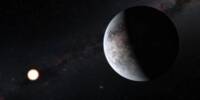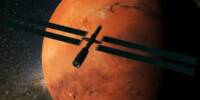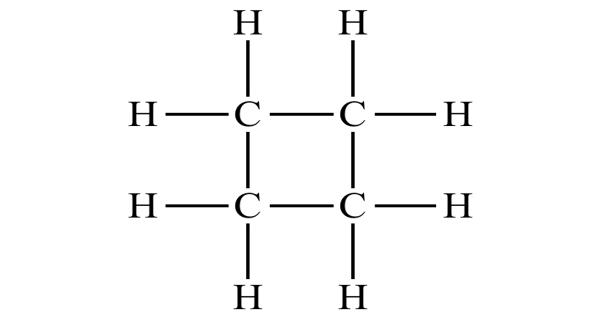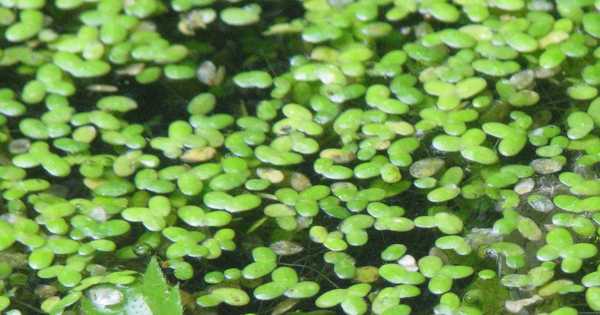The idea of using space dust as a shield for the Earth’s sun is a hypothetical concept that has been proposed in the past. The theory suggests that by introducing a layer of dust particles in orbit around the Earth, some of the sun’s energy could be reflected back into space, thereby reducing the amount of heat that reaches the Earth’s surface.
Dust launched from the moon’s surface or from a space station between Earth and the sun could reduce solar radiation enough to mitigate the effects of climate change.
The warmth of the sun is welcome on a cold winter day. However, as humanity emits more and more greenhouse gases, the Earth’s atmosphere traps more and more of the sun’s energy, raising the Earth’s temperature steadily. One approach to reversing this trend would be to intercept a portion of the sunlight before it reaches our planet. For decades, scientists have considered using screens, objects, or dust particles to block just enough of the sun’s radiation to mitigate the effects of global warming (between 1 and 2%).
A study led by the University of Utah investigated the possibility of using dust to shield sunlight. They analyzed different properties of dust particles, quantities of dust, and the orbits that would be best suited for shading Earth. The authors discovered that launching dust from Earth to a way station at the “Lagrange Point” between Earth and the sun (L1) would be most effective, but would be extremely expensive and time-consuming. Moondust can also be used as an alternative. Instead, the authors argue that launching lunar dust from the moon could be a low-cost and effective way to shade the Earth.
It is amazing to contemplate how moon dust – which took over four billion years to generate – might help slow the rise in Earth’s temperature, a problem that took us less than 300 years to produce.
Scott Kenyon
The astronomers used a technique used to study planet formation around distant stars, which is their usual area of study. Planet formation is a chaotic process that generates a large amount of astronomical dust, which can form rings around the host star. These rings intercept light from the central star and re-radiate it in a way that humans can detect. Looking for these dusty rings is one way to find stars that are forming new planets.
“That was the seed of the idea; if we took a small amount of material and put it on a special orbit between the Earth and the sun and broke it up, we could block out a lot of sunlight with a little amount of mass,” said Ben Bromley, professor of physics and astronomy and lead author of the study.
“It is amazing to contemplate how moon dust – which took over four billion years to generate – might help slow the rise in Earth’s temperature, a problem that took us less than 300 years to produce,” said Scott Kenyon, co-author of the study from the Center for Astrophysics | Harvard & Smithsonian.
The paper was published in the journal PLOS Climate.
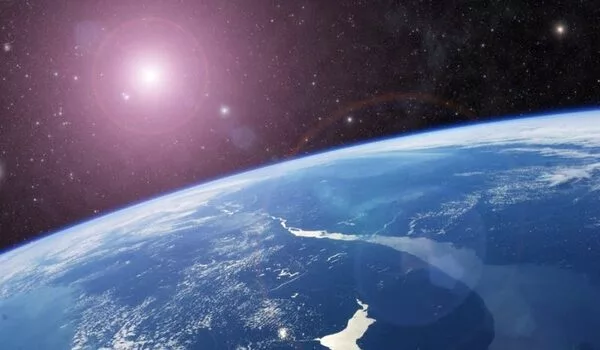
Casting a shadow
The overall effectiveness of a shield is determined by its ability to maintain an orbit that casts a shadow on Earth. Sameer Khan, an undergraduate student, and co-author of the study, led the initial investigation into which orbits could hold dust in place long enough to provide adequate shading. Khan’s work demonstrated how difficult it is to keep dust where you want it.
“Because we know the positions and masses of our solar system’s major celestial bodies, we can simply use gravity laws to track the position of a simulated sunshield over time for several different orbits,” Khan explained.
Two scenarios were promising. In the first scenario, the authors positioned a space platform at the L1 Lagrange point, the closest point between Earth and the sun where the gravitational forces are balanced. Objects at Lagrange points tend to stay along a path between the two celestial bodies, which is why the James Webb Space Telescope (JWST) is located at L2, a Lagrange point on the opposite side of the Earth.
The researchers shot test particles along the L1 orbit, including the positions of Earth, the sun, the moon, and other solar system planets, and tracked where the particles scattered in computer simulations. The authors discovered that if the dust was launched precisely, it would follow a path between Earth and the sun, effectively creating shade, at least for a short time. Unlike the 13,000-pound JWST, the dust was easily blown off course by the solar system’s solar winds, radiation, and gravity. After the initial spray dissipates, any L1 platform would require an infinite supply of new dust batches to blast into orbit every few days.
“It was rather difficult to get the shield to stay at L1 long enough to cast a meaningful shadow. This shouldn’t come as a surprise, though, since L1 is an unstable equilibrium point. Even the slightest deviation in the sunshield’s orbit can cause it to rapidly drift out of place, so our simulations had to be extremely precise,” Khan said.
In the second scenario, the authors fired lunar dust from the moon’s surface toward the sun. They discovered that the inherent properties of lunar dust were ideal for use as a sun shield. The simulations examined how lunar dust spread along different paths until they discovered excellent trajectories aimed at L1 that served as an effective sun shield. These findings are encouraging because launching dust from the moon requires far less energy than launching dust from Earth. This is significant because the amount of dust in a solar shield is similar to the output of a large mining operation on Earth. Furthermore, the discovery of the new sun-shielding trajectories means delivering the lunar dust to a separate platform at L1 may not be necessary.
Just a moonshot?
The authors emphasize that this study only looks at the potential impact of this strategy, not whether these scenarios are logistically feasible.
“We’re not experts in climate change or the rocket science required to move mass from one place to another; we’re just testing different types of dust in different orbits to see how effective this approach might be; we don’t want to miss a game changer for such a critical problem,” Bromley explained.
One of the most difficult logistical challenges, replenishing dust streams every few days, has an advantage. The sun’s radiation eventually disperses the dust particles throughout the solar system; the sun shield is only temporary, and the shield particles do not fall on Earth. The authors guarantee that their method will not result in a permanently cold, uninhabitable planet, as depicted in the science fiction story “Snowpiercer.”
“If what we need is more time,” Bromley said, “our strategy could be an option in addressing climate change.”


